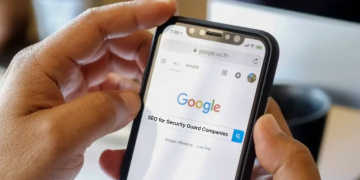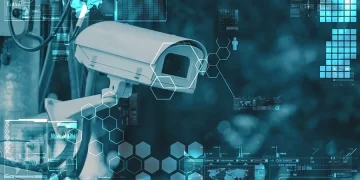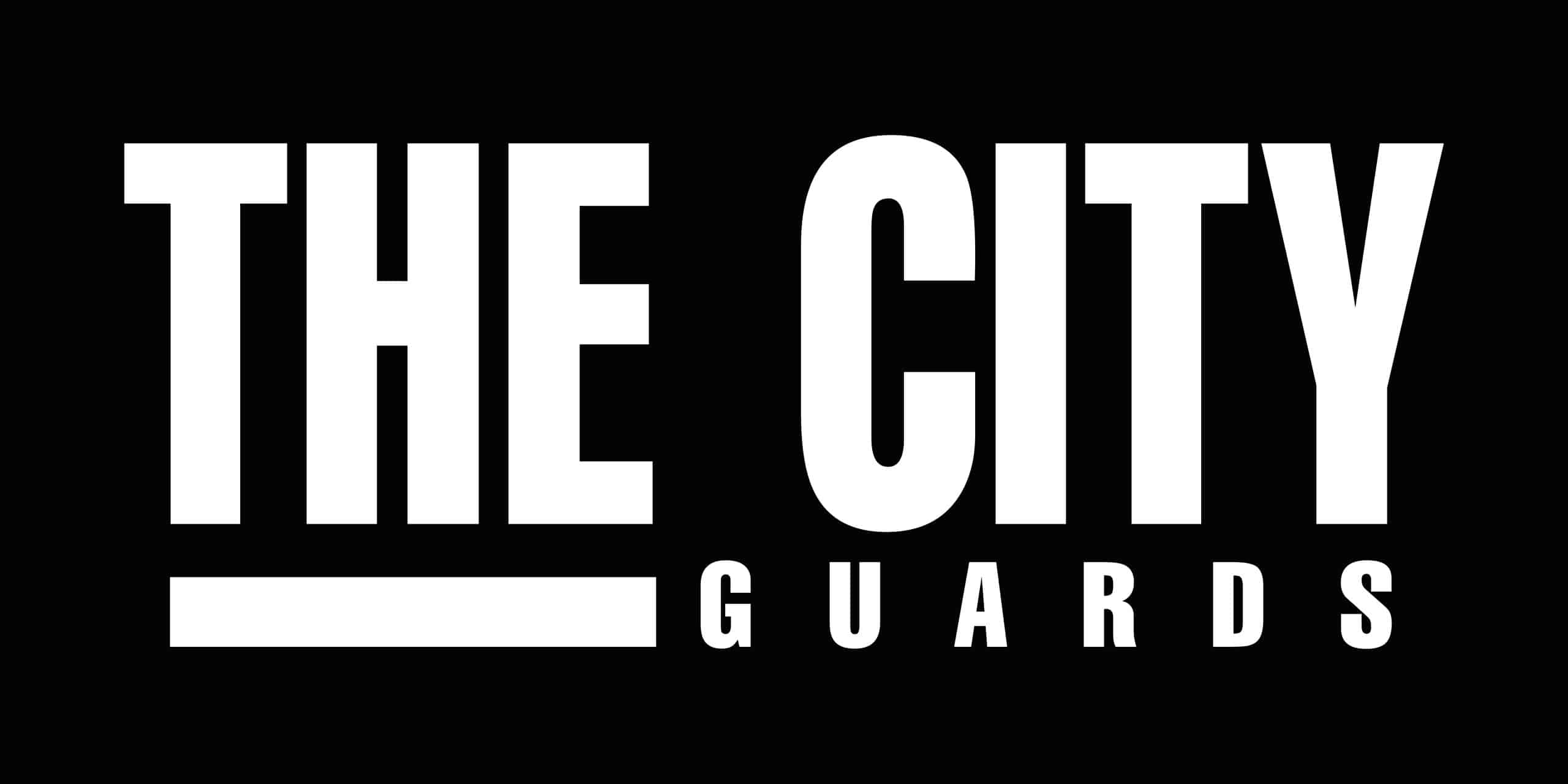You want to privately sell your car in the best, safest, and most secure way possible. There are ways to protect yourself during this process.
How To Prepare For Your Safe And Secure Car Sale
There are some practical preparations that you can do for your car sale in order to get your best price with the safest transaction. Doing all the background work correctly will set you up for a very successful car sale, as well provide you protection from any scams.
- You must assemble all the correct documents associated with your car:
- Warranty information
- The bill of sale with the sell date, your name and the buyer’s name, the car’s year, make and model, the negotiated price, if the car is being sold “as is” or if there is a stipend for any repairs. AAA recommends creating a bill of sale that both parties sign and get notarized- (notaries are available at AAA locations or many banks).
- The title transferred to the buyer’s name.
- Any paperwork needed by your state’s Motor Vehicle Department regulations (such as an emissions test or an odometer disclosure statement).
- Some states encourage sellers to notify their county tax assessors of any car sale and title transfer. This will protect a seller if the new owner fails to transfer the title to their name and there is some liability problem later.
- You must get your car cleaned, ready and repaired, with small items like fluids, light bulbs, and tire pressure already serviced. Keep the receipts together to show completed repair work (of course, with all your personal or cc information blacked out to protect your data!) For members AAA.com/repair lists repair shops that will inspect your vehicle and prepare a detailed auto inspection report for proof of proper upkeep for prospective buyers. Or you can have a reputable repair shop prepare a report as well.
- Write a good ad for your car, with extra facts about it (such as it having seat warmers, a sunroof, low mileage, only one owner, great gas mileage, and why you are selling the car). Multiple photos of the inside and outside of the car can support your listed information.
- It is very important to research and know your car’s worth, realistically pricing your car- using resources like Kelley Blue Book, CarGurus, or NADA. You can also do online value comparisons with AutoTrader, cars.com or Edmunds. Research similar cars with similar mileage to get an idea of comparable prices/market price of your vehicle. This is critical as the appropriate price will help sell your vehicle faster.
- Before you start negotiating with any buyers, you must decide the LOWEST selling price you will accept. This way you will not be pressured to take just any offer and later regret it.
- Decide how you will find buyers. You could sell your car to a service like CarMax or AAA. Or you might choose to self-sell to a private party. You can use today’s social media sites like Facebook, Twitter, or Craigslist. Also available are ad spaces on AutoTrader, Cars.com, eBay Motors, or Kelley Blue Book’s Private Seller Exchange. Note that when using a service such as KBB’s Private Seller Exchange, they will handle the transfer funds and the car title.
How Do You Safely Interact With Prospective Buyers?
Now that you begin interacting with prospective buyers, be aware that you are entering into areas where you are susceptible. What is the safest way to sell a car plus avoid being scammed?
- Screen buyers when they call you- ask lots of questions. See if they are truly serious buyers, and what finances they have set up. You may later try to do a background check with their name/phone number on Facebook, Twitter, Instagram, LinkedIn or Google too. There are many fake buyers that simply want personal information from you, in order to commit identity theft with your information to scam others, or to steal from your bank accounts.
- Let the caller know that you will need to see their driver’s license and proof of insurance before handing them the car keys for the test drive. Also double-check your own insurance coverage to ensure that it extends to a test driver.
- Be suspicious of any caller that will transact a car sale “sight-unseen”- they may ask you to pay a moving company to transport the car to them, or provide your bank details where they can wire their payment. Never use a website link they send to you either- look up your own to avoid using a false link where your data can be stolen.
- Be on guard against any buyer that declines to test drive the car beforehand, or wants someone else to pick up the car on their behalf. In most cases it is smart to insist any buyer has to test drive/buy the car in person. While there are some legit car buyers who buy second-hand vehicles remotely, they can be verified.
- Watch out for buyers that are too eager. If for instance, you confess to a potential buyer that the car trunk smells awful because you once left fish in it overnight, a normal buyer will try to negotiate a better deal. An over-eager buyer is suspicious- too quick to close the deal.
- Beware of callers that seem more interested in the payment process than the actual vehicle. Genuine buyers are more interested in the car and its details than you.
How Do You Avoid The Dangers Of A Test Drive?
You have screened your prospective buyer as best you can, with lots of questions, and gained a sense of their legitimacy. Now you have to schedule a test drive, with some guidelines:
- Never meet at your home.
- Always meet your buyer in a safe public place- during the day. Pick a public area such as a mall parking lot with video surveillance.You might even advise the mall security patrol of your scheduled meeting with a car buyer. They have training in emergency response procedures for security officers– and security guards equipment– in case of any unforeseen situation happening. Other good places to meet are the parking lot of a police station, or the parking lot by your bank.
- Set a short test drive in populated areas.
- Plan ahead to have a friend or family member with you.
- Don’t forget to carefully check the prospective buyer’s drivers license. Take a photo of it with your phone (and send it to someone, maybe the person who came with you). Do not keep any ownership papers inside the car during the test drive.
- There is some debate on whether to ride with your prospective buyer for a test drive. Most sellers do- to protect the car and answer any questions that might come up. The person that accompanied you may not necessarily want to go on the test-drive- but make sure they have the buyer’s drivers license information for security. Make sure you get your car keys back before leaving the car. It is an old trick for the driver to get you to exit and then take off with the car.
- If you opt to let your potential buyer drive the car without you, keep the car’s ownership papers with you- not in the car- and make a copy of their driver’s license. Get the keys to their own car before they drive away in yours. If after all that, they steal your car, it will probably be covered by your insurance. This is one reason NEVER to cancel your car’s insurance until any transfer of ownership happens.
How Do You Avoid The Dangers Of Unsafe Payment Methods?
Before getting into the details of payment types that are best to use when selling a car, make note that there are some very risky financial proposals that scammers try:
- For instance, they ask to set up a payment plan with you. It’s very risky because it is easy to stop payments after the first or second installment.
- There are scammers that request escrow payments. It is very easy to fake an escrow account- so a seller gives up personal and banking details. Be sure to confirm any escrow service is reputable (see more about this in ESCROW SERVICE).
- Sometimes a buyer “accidentally” sends a money order or cashier’s check for more money than was agreed upon. They then ask the seller to send the “overpayment” back- when in truth the check or money order is fake anyway. The seller is conned into sending them money despite being given a bad check.
What Are The Best Payment Methods?
- CASH
- Some who have sold cars to private parties insist on cash only. Cash transactions are instant, simple, and private. However carrying large amounts of cash around can be risky. It also may be difficult to verify if the money is legitimate or counterfeit. Note that federal law requires that cash transactions of more than $10,000 be reported to the IRS.
- BANK TRANSFER
- Bank transfers can be a secure practical way to exchange payment. Transactions are traceable and provide some protections from fraud, with a paper trail. The downside is that this method is slower, taking multiple business days, and causes a waiting period for buyer and seller. There may be fees for a bank transfer as well. Also since this process depends on regular banking hours, car sales over weekends and holidays are problematic.
- CERTIFIED CHECK
- This is a type of check that the issuing bank has verified as payable- funds are guaranteed. There are usually no fees, and no waiting period- a seller will receive the funds immediately. Sometimes these checks are limited to smaller amounts, so a large sum transaction is not feasible with a certified check. Also any seller should double-check with their bank to make sure that they honor the bank issuing the check- to avoid problems for the seller depositing it. Additionally, while a seller should be protected against fraud and counterfeit checks when using a certified check, there are still instances of stolen or forged checks. Any seller should first check with the issuing bank to verify the validity of the certified check. There is also the Federal Deposit Insurance Corporation (FDIC) website FakeChecks.org to verify checks.
- CASHIER’S CHECK
- A Cashier’s checks are issued by the bank from its account, after the buyer directly pays the bank the total check amount, along with a service fee. These checks are issued and guaranteed by the bank, and considered safe and secure. Sellers should be aware that fake cashier’s checks have been used by scammers though. Therefore it is wise to call or visit the issuing financial institution to verify if the check is genuine. Do NOT trust the phone number printed on the check, it might be fraudulent. Sellers can ask for a cashier’s check to be drawn on a bank with a local branch in your area.
- Also funds being available from your account (after depositing the cashier’s check) is NOT the same as the check actually clearing. A bank could place a hold on the cashier’s check if it has reasonable cause that it is not collectible from the issuing bank. It could take several days for a cashier’s check to clear.
- ESCROW SERVICE
- An escrow service is a neutral third party in the transaction between seller and buyer- holding funds until all conditions of the sale are met. Legitimate escrow services protect both parties against fraud, verifying buyer’s funds and legitimacy of payment. It can be expensive though, with fees from several hundred to several thousand dollars. It can take extra time to process as well.
- There are many scammers that set up fake escrow service websites for you to use- avoid any buyer that wants to steer you to his suggested escrow service- it is likely a scam. Never click on a link the buyer provides- use a search engine to open the website in a different browser to check it. Never use any phone number on the questionable escrow site- obtain your own contact number. Check the Better Business Bureau website (https://www.bbb.org/). The State of California Department of Financial Protection and Innovation (DFPI) lists the only 4 legitimate companies that are licensed to provide online escrow services in CA- Assembly Escrow Inc., Internet Escrow Services, Inc., Upward Escrow Inc., and SeedTrust Escrow, Inc. DFPI also has a “Consumer Alerts” link for you to check on any other escrow companies. Scam escrow sites sometimes use similar names to the valid licensees, or claim affiliation with well-known companies like Kelley Blue Book or TRUSTe- (neither of which endorses or operates an escrow service).
- DIGITAL PAYMENT SERVICES
- PayPal, Venmo, CashApp or Zelle are popular third-party systems for convenient fast money transfers. There are security, encryption and other built-in fraud preventions in place to protect buyer and seller. There is expense to using these third-party systems though- there may be flat fees or percentage fees for transactions. Some platforms have transaction limits- (e.g. Zelle can only be used for a car sale less than $3500).
- Also fraudulent transactions may be handled differently by different third-party systems with little recourse for you. For example, when selling an item and using Zelle for payment, the buyer could be using a stolen credit card. The fraudulent funds they sent you will eventually be removed from your account, but you may have handed over the car already.
Be Prepared So This Doesn’t Happen To You
“I feel like an idiot. I feel truly scammed. I never thought this could happen to me…” Art Hernandez, after posting his car on Craigslist.
Corona, CA resident Art Hernandez thought he could sell his car on his own. Three men showed up at his home to look at it, and worked in tandem to distract him. Not until he later looked at his surveillance video did he see one of them pour oil on the engine to make it smoke, and tamper under the hood causing his car to run rough.They pressured him to sell his car for less than he’d listed. Afterwards many other victims called Hernandez to report being scammed by the same trio. The police say the scam is considered a felony. The three men have still not been caught.
The key takeaways from this are to NEVER meet a prospective buyer alone or at your residence. Police also say that when negotiating, do not be manipulated. For example, some scammers will claim they had misunderstood the listing and will pressure the seller for a lower price.
“Am I being scammed? …I am selling a car thru an online website and I received this email. Says won’t pick up car until after funds have been deposited…” (From a post on Reddit).
Here is part of the email that this seller received. It says:
“I’m okay with the condition and price of the vehicle, it’s such a great and awesome ride…I would have loved to come and purchase it with cash but I’m currently not in town…so I won’t be able to meet with you due to my work frame. I will be making payment via Cashier check and will be delivered to you in 48 hours. I don’t mind adding extra $100 for you to hold the vehicle…I will make arrangements for the pickup as soon as the check clears your bank…”
The key takeaway here is how to sell a car online safely by NOTICING the red flags: The buyer is spending a large amount of money on a car- sight unseen. The buyer is over-eager- pushing to close a deal on a car he’s not seen or driven. The buyer is voluntarily adding extra money to the deal. Who buys a car while they are out of town? Notice the awkward phrasing (“due to my work frame”).
So now you know how to protect yourself when selling a car privately- how to safely sell a car. This is just an overview of what to watch out for when selling a car. The more you know about the best practices and smartest procedures, the safer and more secure your private car sale will be.














